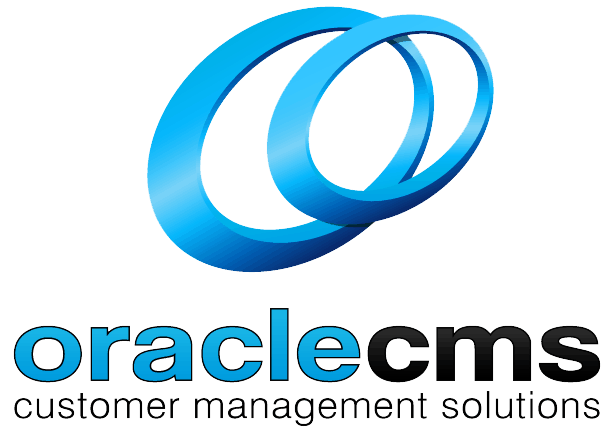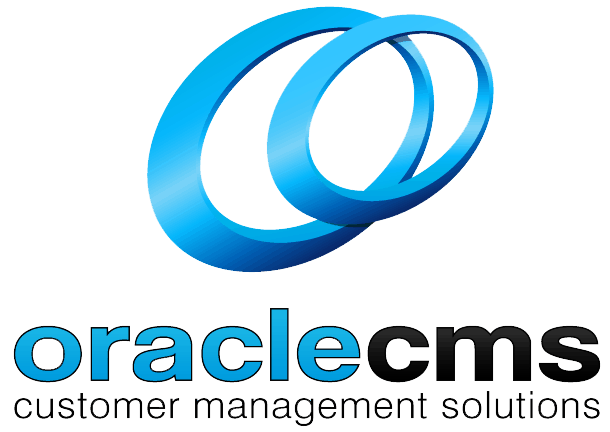
Using AI to Predict and Reduce Call Abandonment Rates
Missed calls in an Australian contact centre are more than just a statistic; they represent a break in communication that can cost revenue and weaken customer relationships. When a customer disconnects before speaking to an agent, that opportunity is often gone for good. Long queues, confusing menu systems, and poor staffing alignment are frequent culprits. The effects ripple beyond the immediate loss, increasing the workload when customers try again and leaving them with a negative impression. For businesses that rely on timely and effective communication, a high abandonment rate is an early warning sign that the customer experience is under strain.
Definitions and Baselines
Reducing abandonment starts with knowing how it’s measured. The calculation is straightforward: divide the number of calls abandoned by the total calls offered, then multiply by 100 to get a percentage. Some contact centres exclude calls that drop within the first few seconds, as these may be accidental or caused by a misdial. Industry benchmarks vary depending on the service type. Sales queues tend to aim for very low abandonment rates, while busy service lines may accept slightly higher figures. Context from related measures such as average speed of answer, service level, and agent occupancy helps explain why rates fluctuate and where improvements are needed.
The Role of AI in Predicting Abandonment
Artificial intelligence can identify the conditions that make abandonment more likely. It does this by processing historic and live call data to find patterns in caller behaviour, queue performance, and agent availability. AI models can pick up on factors like time of day, day of week, and even customer history to forecast the chance of a hang-up. This information allows contact centres to act before a call is lost. Instead of reacting after the fact, supervisors can make quick adjustments that keep more customers engaged until an agent answers.
Data Requirements for Reliable Predictions
AI models only work as well as the data they are trained on. Reliable predictions require clean, consistent, and complete records from multiple systems. Typical inputs include:
- Call distributor logs and IVR interaction records.
- Agent status changes, handle time, and after-call work data.
- Contextual factors such as seasonal demand, marketing spikes, or service disruptions.
When these datasets are accurate and aligned, the AI can recognise patterns and make timely, actionable predictions.
AI-Driven Actions to Reduce Abandonment
Once AI has identified a likely abandonment risk, it can trigger interventions. These can be operational or customer-facing, and the best results often come from using both in combination.
- Operational moves such as changing call routing to ease pressure on certain queues or adjusting agent skills to balance workloads.
- Customer-facing measures like offering virtual hold or scheduled call-backs before frustration sets in.
- Priority handling for high-value customers or urgent requests, ensuring they are answered quickly.
Each action works to address the underlying cause — whether that’s reducing wait time, improving queue flow, or making the customer feel their time is respected.
IVR Solutions and Intent-Based Routing
Integrating prediction capabilities into the IVR adds another layer of control. By capturing a caller’s intent early, the system can shorten the path for those at high risk of abandonment. This might involve bypassing menu layers or sending them directly to a specialist queue. Testing different prompt structures helps find the balance between quick resolution and gathering the right information. Overly long or complex IVR flows increase the risk of hang-ups, so simplicity and relevance are key.
Real-Time Routing Guardrails
While AI can direct traffic toward priority calls, it’s important to avoid creating new service issues by neglecting other queues. Guardrails can be set so that low-priority calls are still answered within acceptable time frames. Balancing customer value, urgency, and fairness ensures that the system improves overall performance without creating unintended gaps in service quality.
Integration with Existing Systems
For predictive AI to be truly effective, it must work seamlessly with the tools already in place. This typically means integration with CRM systems to provide customer context, workforce management software for staffing recommendations, and call routing platforms for execution. Without these links, predictions remain insights on a dashboard rather than actions in the real world. Staff training is essential so that supervisors and agents understand what the AI is doing and why, building trust in the recommendations it provides.
Measuring Effectiveness and Proving ROI
Tracking results is the only way to know if the investment in AI is paying off. This involves looking at more than just the abandonment percentage. Other metrics like average wait time, repeat contact rates, and sales conversion can reveal additional benefits. Running controlled tests, where one queue uses AI-driven interventions and another does not, provides a clear picture of impact. Financial analysis can translate improvements into real value by estimating the revenue or cost savings from retaining calls that would otherwise have been lost.
Model Lifecycle and Maintenance
An AI model is not static. Over time, caller behaviour changes, new products launch, and staffing patterns shift. To stay relevant, the model needs periodic retraining using recent data. Seasonal peaks, marketing campaigns, and external disruptions should all be factored in. Monitoring for model drift ensures predictions stay accurate, and alerts can be set to flag when performance starts to drop.
Technical Architecture Considerations
Where the AI runs in the call handling process affects its effectiveness. Some systems process predictions at the IVR level, others in the call distribution layer, and some through middleware. The main requirement is that predictions are made quickly enough to influence the current call. Latency issues can render even accurate predictions useless if they arrive too late to act. A fallback process should be in place so operations continue smoothly if the AI service is unavailable.
Privacy and Compliance in Australia
Customer call data is sensitive and must be handled with strict adherence to local regulations. Contact centres in Australia need to:
- Follow the Australian Privacy Principles for collection, storage, and use of personal data.
- Ensure PCI DSS compliance where payment details are involved.
- Limit data retention to only what is necessary for operational and compliance purposes.
Transparency and secure handling protect the business while building customer trust.
Implementation Roadmap
Starting small makes it easier to control variables and measure results. A pilot in one high-impact queue allows the team to refine the model, workflows, and staff training before wider rollout. Once the pilot shows consistent benefits, the approach can be scaled across other queues. Building the implementation in phases reduces risk and helps manage change effectively.
Building the Business Case
Understanding the financial value of reducing call abandonment can help secure investment. One approach is to calculate the average revenue or cost per call and multiply it by the number of calls saved from being abandoned. Even small improvements can quickly cover the cost of the technology, especially in high-value sales or support environments.
Edge Cases and Resilience
Certain events, like major outages or sudden surges in demand, require a different operating mode. Some AI platforms offer a “surge mode” that changes thresholds or prioritisation to handle extreme conditions. Other situations, such as queues with regulatory scripts, may limit how much the process can be shortened. Planning for these cases ensures that performance gains are maintained without compromising compliance or service quality.
FAQ’s
Q1: What short-abandon threshold should we use in reporting?
A1: Many contact centres exclude calls abandoned within the first 3–5 seconds, but the choice should be based on your call patterns and reporting goals.
Q2: Do virtual call-backs count as answered for service level?
A2: They can, if the return call is made within the agreed timeframe, but it depends on how your service level is defined.
Q3: Will predictions increase handling time by prioritising complex calls?
A3: It’s possible if more challenging calls are answered sooner, so monitor average handle time alongside abandonment rates.
Q4: How do we handle customers who miss their scheduled call-back?
A4: Offer a short retry period, then return the call to the general queue. Keep records of these events to improve prediction accuracy.
Q5: What’s a good first queue to pilot?
A5: Choose one with high volume, measurable revenue impact, and a history of abandonment issues to clearly demonstrate results.



